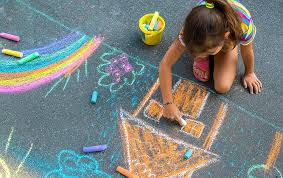Anxiety in Disguise: How Worry Shows Up as Behavior Problems
- Sophie Sullivan
- 5 days ago
- 1 min read
Children rarely say, “I’m anxious.” Instead, anxiety often hides behind behaviors—refusal, irritability, defiance, or perfectionism. For many children, the emotional and physical sensations of anxiety feel confusing or intolerable, so they express it through actions rather than words.
A child refusing to go to school might not be oppositional but fearful—worried about separation, social interaction, or performance. Similarly, a child who becomes angry or controlling may be trying to create predictability in an environment that feels uncertain. Clinically, these behaviors are understood as attempts to reduce perceived threat and regain control.
Recognising anxiety beneath behavior helps parents respond with empathy rather than discipline. Ask, “What might my child be feeling unsafe about?” instead of “Why are they being difficult?” When safety and understanding increase, anxiety naturally decreases.
Therapy often focuses on teaching children how to name and manage anxiety through body awareness, coping skills, and gradual exposure. Parents can help by modelling calm breathing, maintaining routines, and validating feelings (“It makes sense you feel nervous about that”).
Seeing beyond behavior doesn’t excuse limits—it reframes them. When parents respond to anxiety with empathy and structure, children learn that their feelings are manageable, not dangerous.






Comments